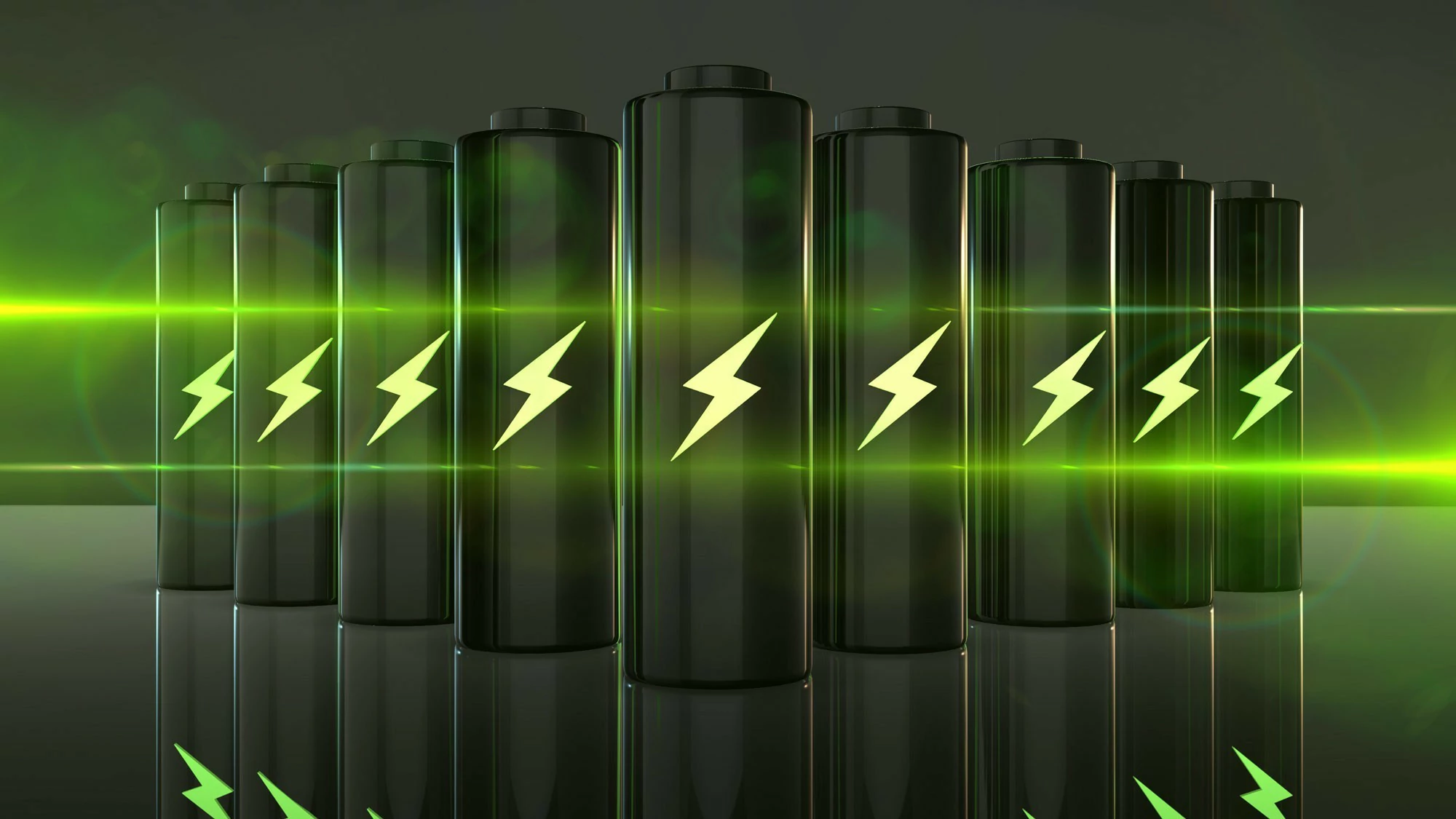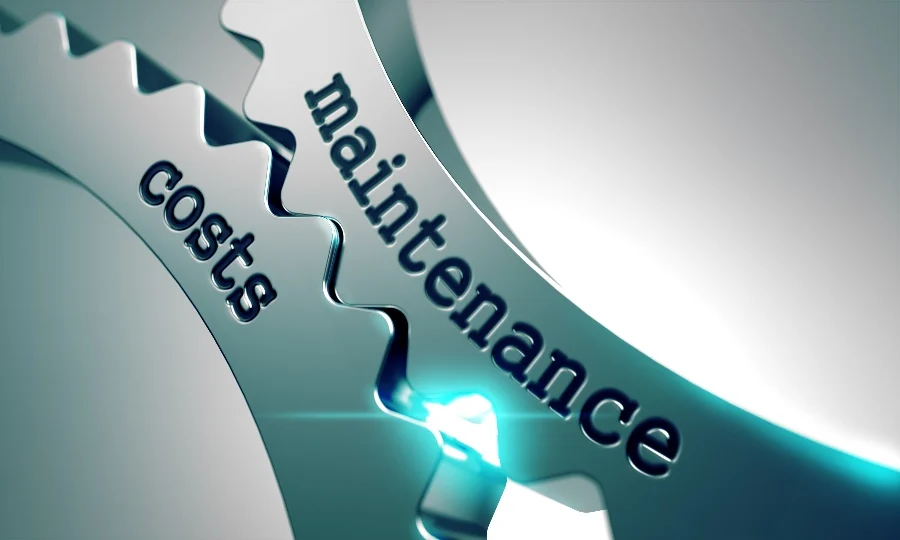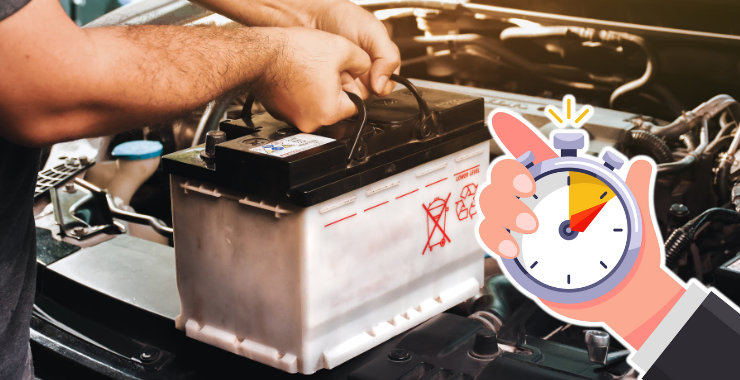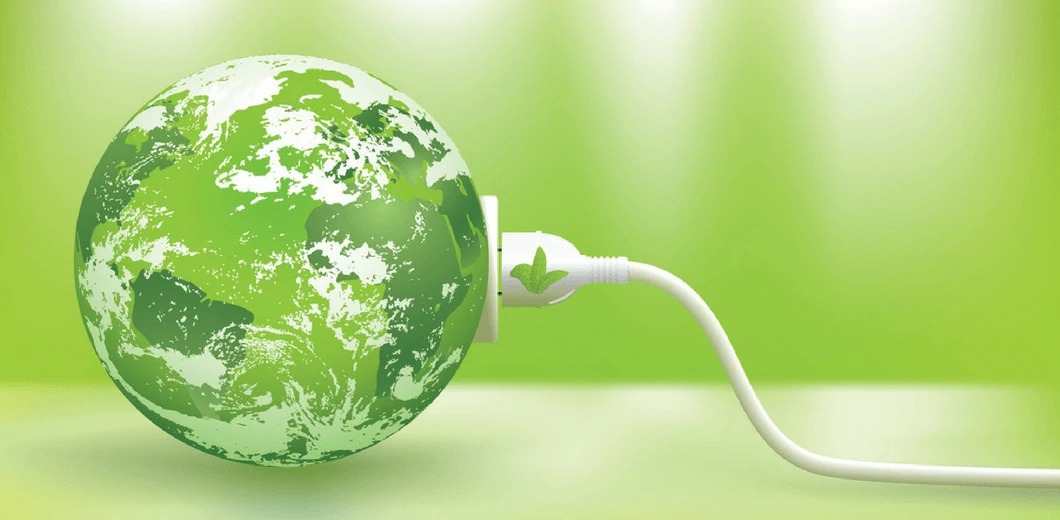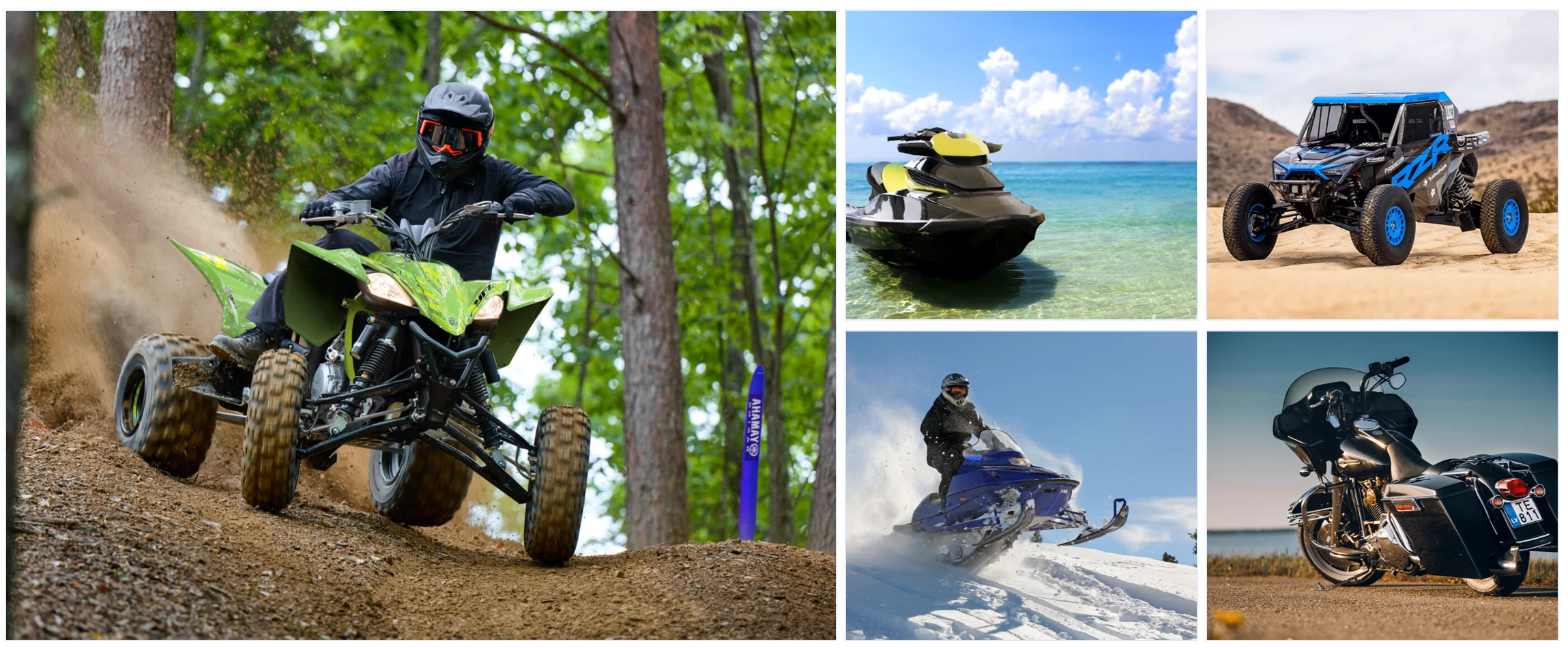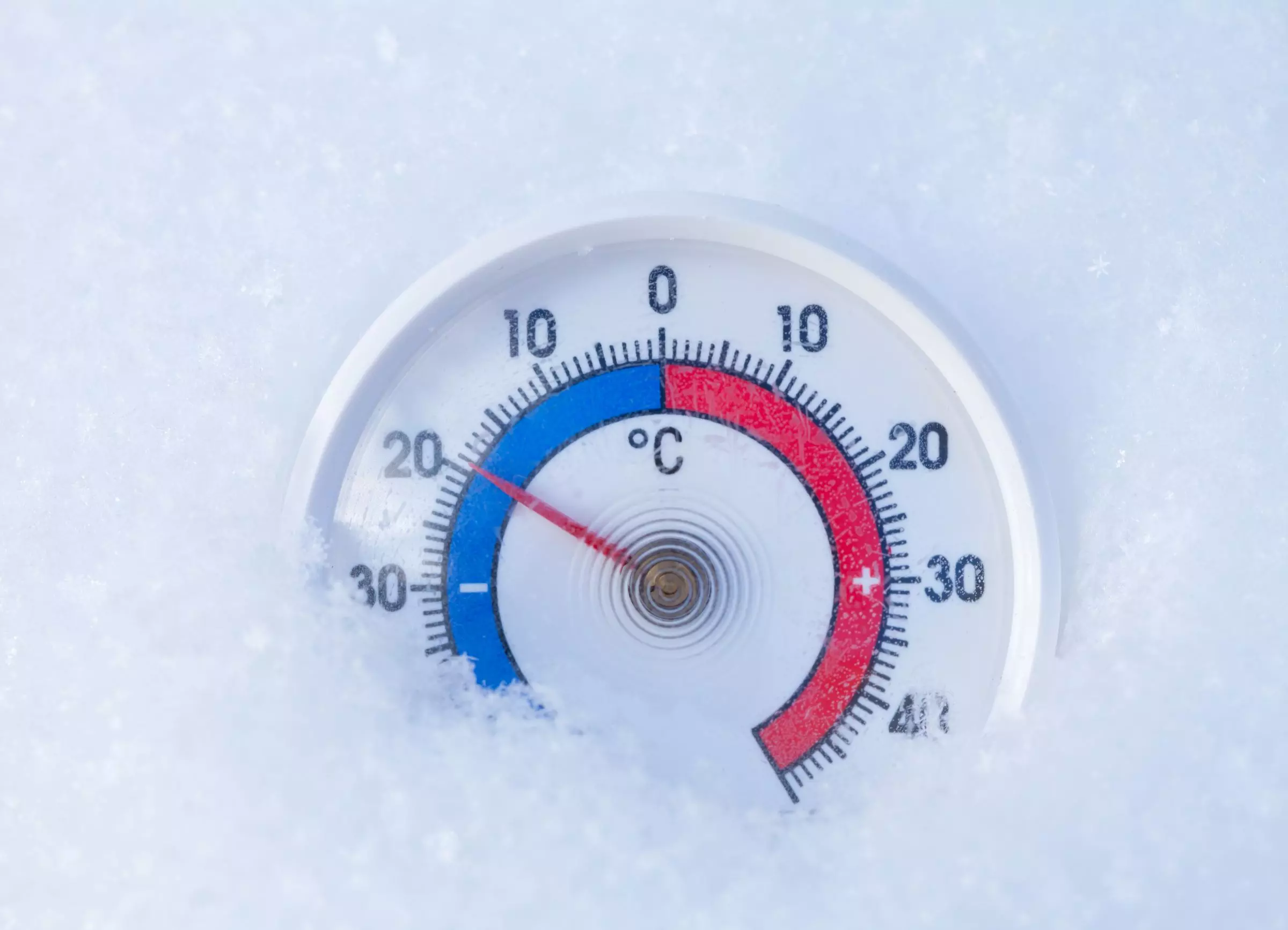Comparison of low-temperature performance between LFP and AGM/EFB Batteries
main content
I. LFP Battery: A Chemical Innovation Breaking the Low-temperature Limit
Lithium iron phosphate batteries (LFP) have demonstrated disruptive advantages in low-temperature performance through dual innovations in material systems and structural design. The core breakthrough lies in the combination of the stability of the olivine crystal structure and the low-temperature adaptation technology of the electrolyte. Take a certain brand of low-temperature optimized LFP battery as an example. It can still start the vehicle in an environment of 30℃. Moreover, when performing a 3-second pulse discharge at an 80C rate at 20℃, the voltage only drops to 2.0V, far exceeding the limit performance of traditional lead-acid batteries.
1. The low-temperature resistance mechanism at the material level
Nanoscale cathode materials: By reducing the size of lithium iron phosphate particles to the nanometer level (50-100 nm), the migration path of lithium ions is shortened, and the ion diffusion rate at low temperatures is increased by more than three times.
Low-temperature electrolyte formula: A composite solvent system of propylene carbonate (PC) and γ -butylactone (GBL) is adopted, combined with lithium bis (trifluoromethanesulfonyl) imide (LiTFSI) salt, which keeps the electrolyte in liquid state at 40℃ and reduces its viscosity by 35% compared with conventional electrolytes.
Negative electrode graphite modification: The surface is coated with an amorphous carbon layer, which inhibits low-temperature lithium evolution. The 30℃ charging capacity loss is reduced from 45% of traditional graphite to 12%.
2. Temperature adaptability of structural design
Lamination process: Compared with the winding structure, the internal resistance of the lamination electrode group is reduced by 20%, and the discharge efficiency at 20℃ is increased to 75%.
Thermal management system: Integrated self-heating diaphragm (such as PTC ceramic), which can raise the battery temperature to the 10℃ working range within 3 minutes through pulse current in a 30℃ environment.
3. Verification of practical application data
In the extreme cold test at 40℃, a certain military LFP battery pack could still release 65% of its rated capacity when discharged at 0.3C. The on-board LFP system adopting liquid heating technology has a surface heating rate of 5℃/min on the battery cells during a cold start at 25℃, meeting the instantaneous power demand of the vehicle.
Ii. AGM/EFB Batteries: Performance Cliff in Low-temperature Environments
As upgraded versions of lead-acid batteries, AGM (Adsorption glass fiber separator Battery) and EFB (enhanced liquid-rich Battery) perform stably at room temperature, but they have significant shortcomings in low-temperature performance. Experimental data show that the capacity of AGM batteries decays by up to 50% at 10℃, and the probability of startup failure exceeds 70% in an environment of 20℃.
1. Inherent defects in the chemical system
Electrolyte freezing risk: Although AGM adopts an adsorption-type poor liquid design, the sulfuric acid electrolyte begins to crystallize at 35℃, resulting in the blockage of ion transport channels. During the test at 25℃, the internal resistance of a certain 280Ah AGM battery increased sharply from 8mΩ at room temperature to 35mΩ.
The sulfation of the plates intensifies: At low temperatures, the irreversible accumulation rate of lead sulfate crystals increases. After 300 cycles, the capacity attenuation reaches 40%, far exceeding the 10% of LFP batteries.
2. Structural limitations and lack of thermal management
The brittleness of the glass fiber separator: At 20℃, the brittleness of the separator increases, and it may break in a vibrating environment, causing an internal short circuit.
No active temperature control design: Relying on the residual heat in the engine compartment for temperature rise, it cannot start automatically in extremely low temperatures.
3. Performance comparison in actual scenarios
In the winter test at 30℃ in Inner Mongolia, the average start-up time of vehicles equipped with AGM batteries reached 8.2 seconds (normal value < 2 seconds), while under the same conditions, the start-up time of LFP battery packs remained stable within 1.5 seconds. In addition, the cycle life of AGM batteries at 15℃ is only 200 times, while LFP batteries can maintain 2,000 cycles at the same temperature.
Iii. Differences in Technical Routes and Selection of Application Scenarios
1. Minimum starting temperature
Lithium iron phosphate battery: With the support of the self-heating system, the starting temperature can be as low as 30℃.
AGM/EFB battery: The minimum starting temperature without auxiliary heating is 15℃.
2. Capacity retention rate at 20℃
Lithium iron phosphate battery (optimized type) : Capacity retention rate reaches 75%;
AGM/EFB batteries: The capacity retention rate is only 35% to 50%.
3. Low-temperature cycle life
Lithium iron phosphate battery: It can be cycled 1,500 times at 80% depth of discharge (DOD).
AGM/EFB battery: The cycle life is only 200 times at 50% DOD.
4. Thermal runaway protection
Lithium iron phosphate batteries: Enhance safety by adding flame retardants (such as DMMP) to the electrolyte;
AGM/EFB batteries: They rely on lean liquid design to reduce leakage risks, but they cannot effectively suppress thermal runaway.
Scene adaptation suggestions:
In extremely cold areas (below 30℃) : LFP battery systems with active temperature control must be selected, such as the low-temperature heat pump + battery heating solution of Tesla Model 3.
Conventional low-temperature environment (20℃ to 0℃) : LFP batteries can meet all-weather usage requirements, while AGM/EFB are only suitable for short-distance start-stop scenarios.
Cost-sensitive applications: EFB batteries can partially improve their low-temperature performance by increasing the thickness of the plates (such as the 15% thickening of the plates of Camel AGM), but their lifespan is still significantly lower than that of LFP.
Iv. Future Technological Evolution Directions
1. The breakthrough of the low-temperature limit of LFP
Solid electrolyte application: PEO-based polymer electrolyte is adopted to extend the lower limit of the working temperature to 50℃, while inhibiting the growth of lithium dendrites.
2. Marginal improvement of AGM/EFB
Through the design of lead-calcium-tin alloy plates and acid mixers, the capacity retention rate at 20℃ was increased to 60%, but the essential limitations of the chemical system could not be changed.
3. Hybrid energy storage system
LFP+ supercapacitor combination: Utilizing the 95% capacity retention rate of the capacitor at 40℃, it compensates for the instantaneous power gap of the battery.
Conclusion
Against the backdrop of the comprehensive penetration of new energy vehicles and energy storage systems, LFP batteries, through material innovation and system integration, are reshaping the boundaries of low-temperature energy technology:
Extreme low-temperature adaptability: Startup capability at 30℃ and 75% capacity retention rate at 20℃, far exceeding the 3550% of AGM/EFB.
Long life advantage: The cycle life can reach 2,000 times at 15℃, which is 10 times that of AGM batteries.
Accelerated technological substitution: As the cost of LFP continues to decline (expected to drop to 0.5 yuan /Wh by 2025), the market space for AGM/EFB as a transitional solution will shrink significantly.
For end users, choosing battery technology suitable for low-temperature scenarios has become a core decision-making factor in ensuring the reliability and economy of equipment.
RELATED BLOG

START-STOP LITHIUM battery
Enov start-stop battery is designed to provide excellent performance for high-demand start-stop vaehicles. It adopts the third-generation intelligent lithium platform architecture to achieve technological breakthroughs in core indicators such as cycle life, environmental adaptability and energy density. Compared with the traditional lead-acid battery system, the energy efficiency is increased by 210%, the cycle life is extended by 8-10 times, and the monthly self-discharge rate is controlled within 3%. Enov's unique low-temperature battery technology makes a breakthrough in achieving stable output in the whole climate domain from -30℃ to 65℃, maintaining more than 90% of the effective capacity release under extremely cold conditions (-30℃), and maintaining 90% of the capacity in high temperature environments (65℃).
The start-stop battery series products cover the mainstream voltage platform of 12V/24V/48V, and support flexible configuration of LFP (lithium iron phosphate) and NCM (lithium nickel cobalt manganese oxide) dual-material system. All models adopt modular design to support customization of different model specifications. Enuo engineering and technical team to provide full cycle technical service support, if you need, please contact us.
Other products
UAV BATTERY
LITHIUM ENERGY STORAGE BATTERY
QUICK INQUIRY
FAQ
Access to high frequency technical questions with one click, get accurate answers on product application, after-sales policy and customization process.
Service and Support
Get the latest product specifications, explore professional OEM/ODM customization services, click to open exclusive technical support and production solutions.
Become a Partner
We sincerely invite resources to interconnect, work together for win-win development, and immediately open a new chapter of strategic cooperation!
